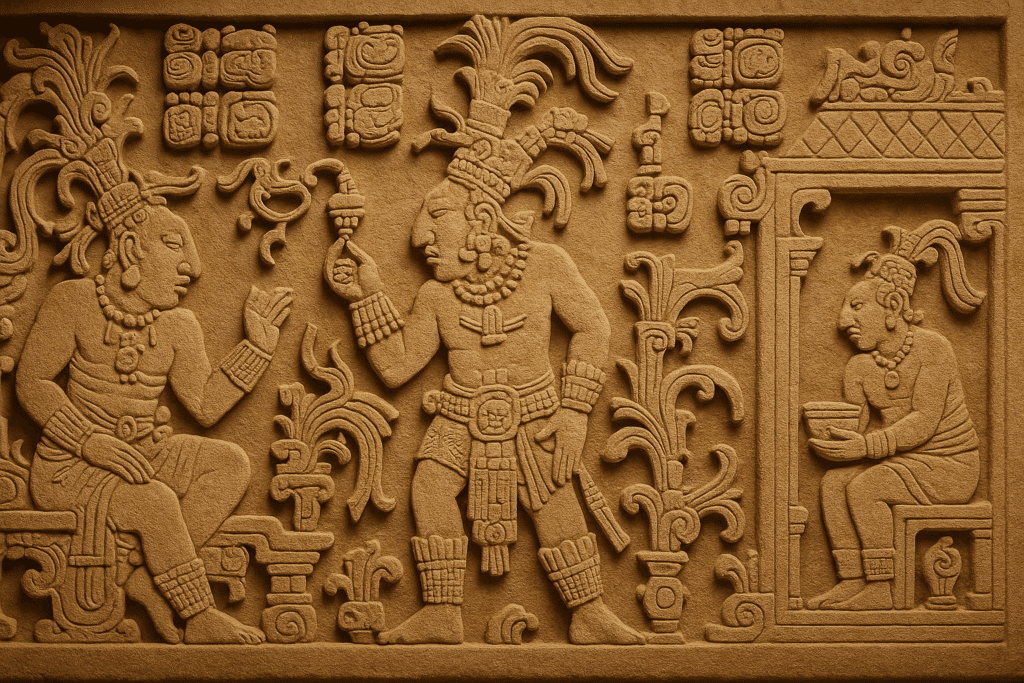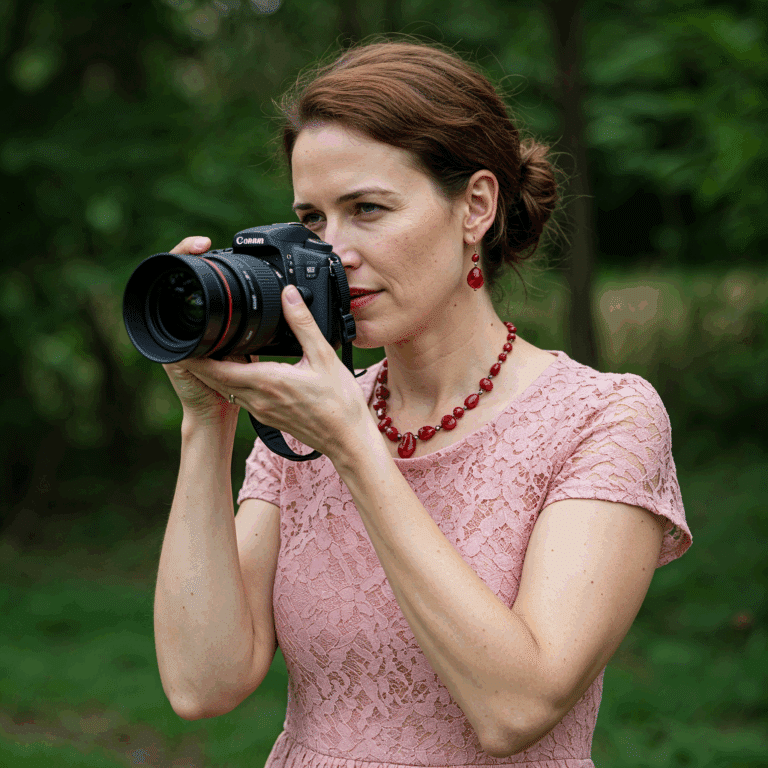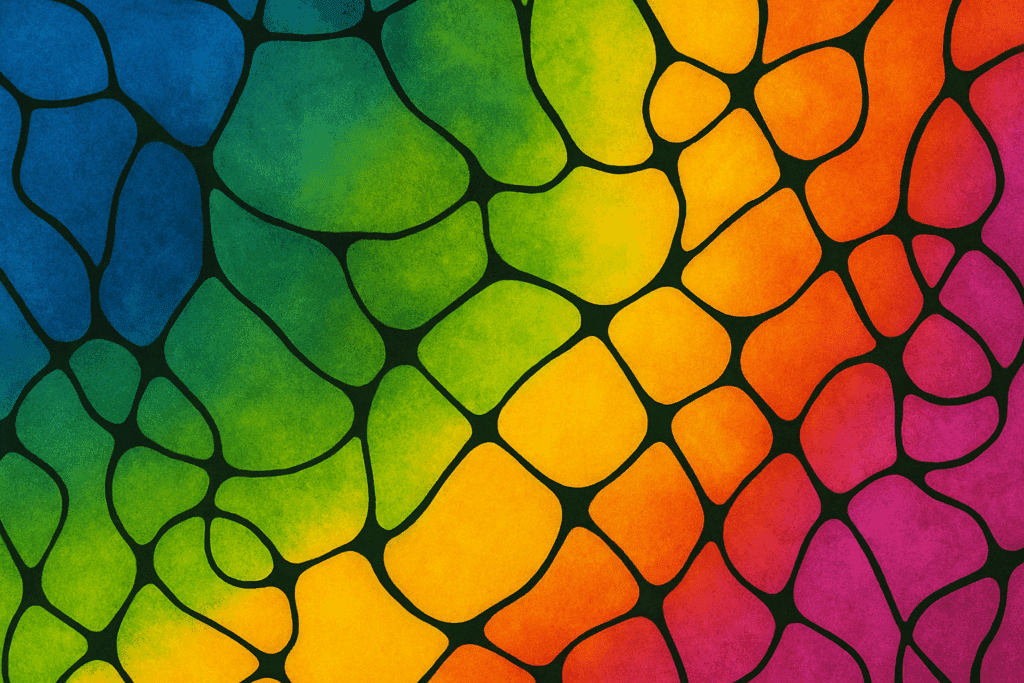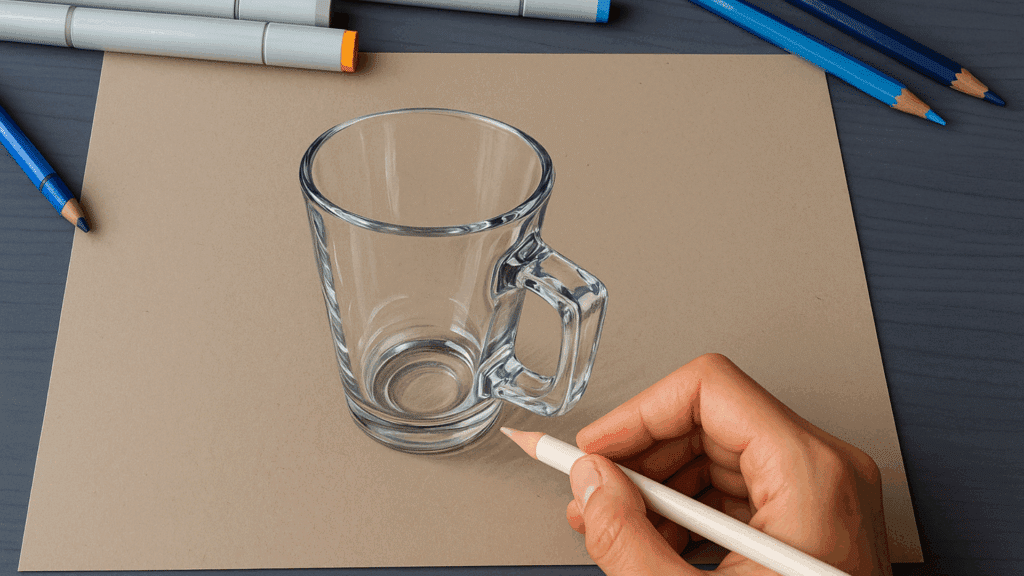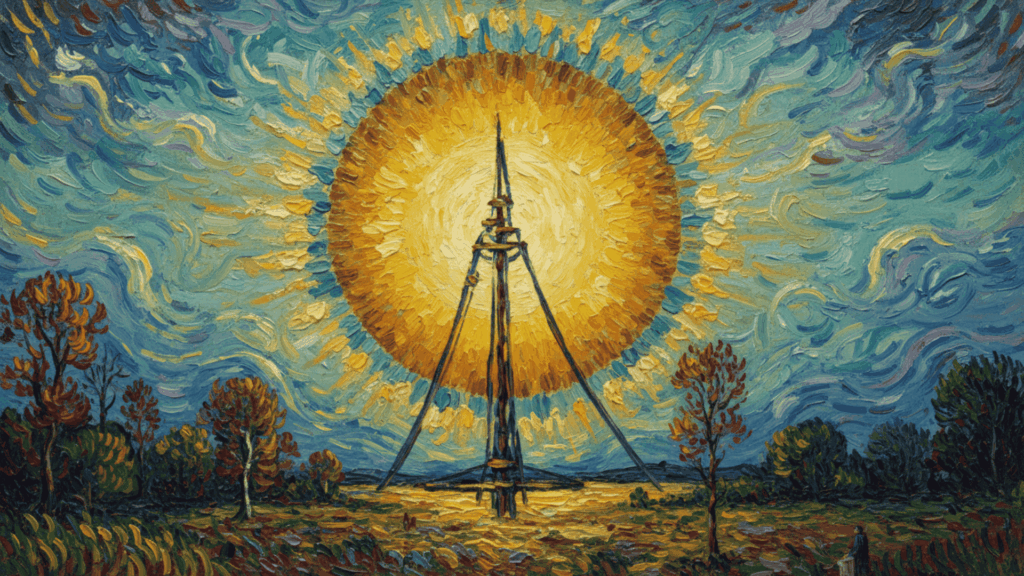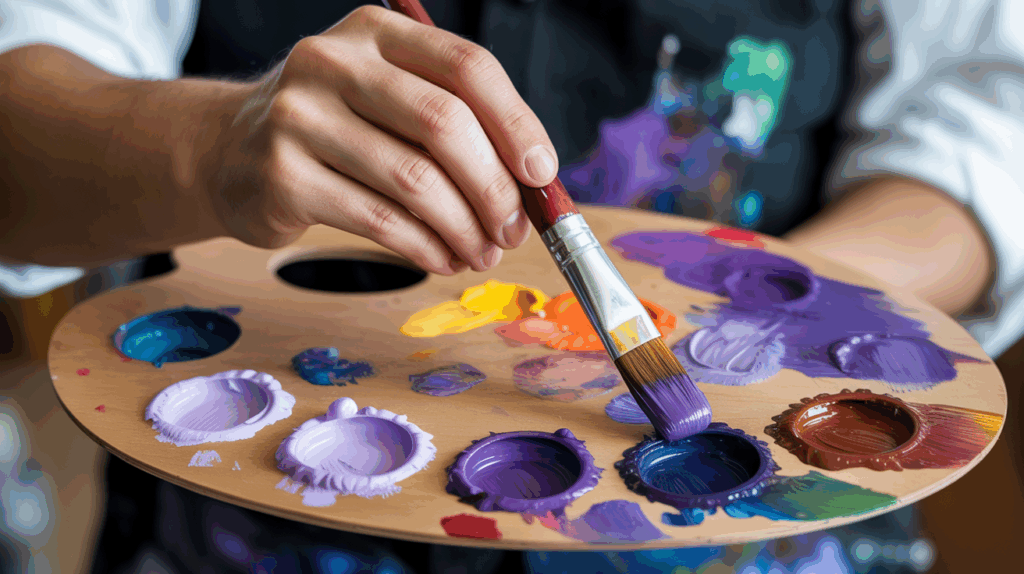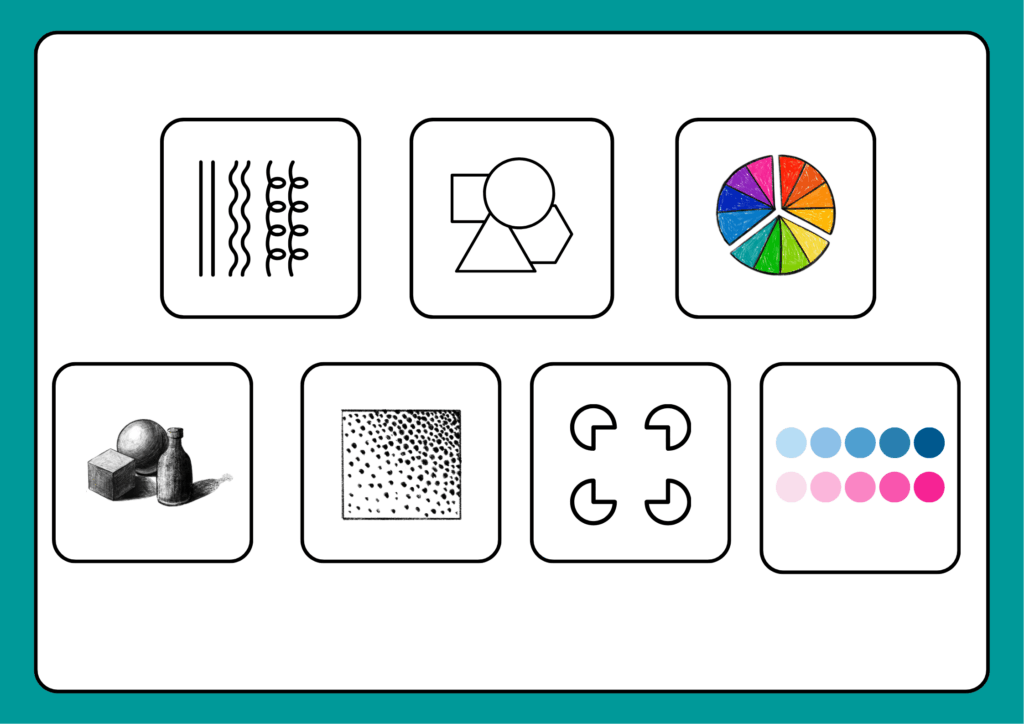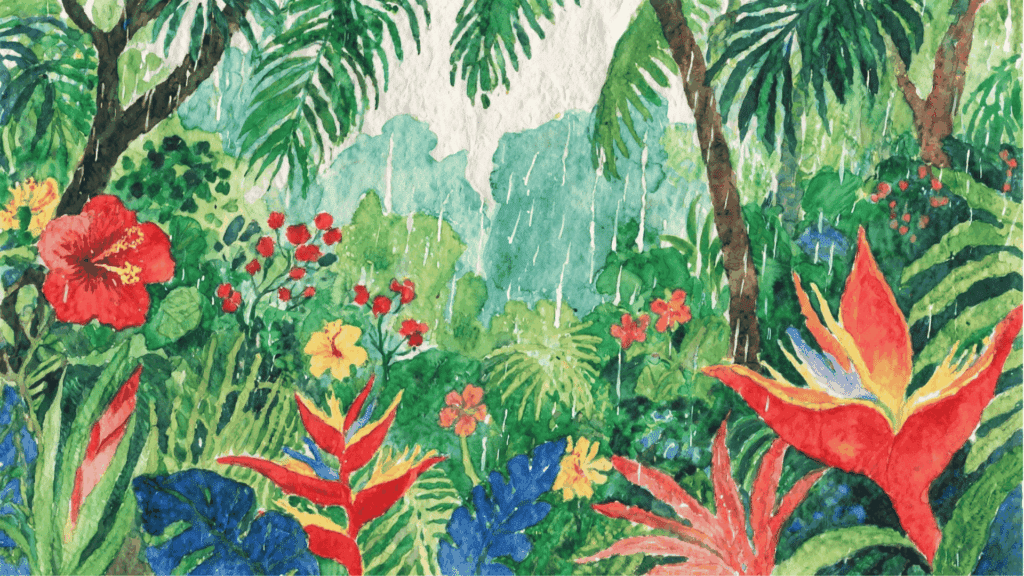Looking at ancient civilizations, most people agree that the Maya created some of the most remarkable art and cultural achievements in human history, known as Mayans art.
Their intricate sculptures, lively murals, and serene architectural designs continue to interest artists, historians, and everyday admirers worldwide.
This blog promises to demonstrate how Mayan artistic traditions and cultural practices continue to influence modern creative works, fashion trends, and architectural designs today.
You’ll learn about the specific Mayan techniques that contemporary artists use, the cultural symbols that appear in today’s popular media, and the architectural elements that inspire modern buildings.
Foundations of Mayans Art
Mayan art emerged from deep spiritual beliefs and everyday life experiences. The Maya viewed art as a means to connect with their gods and record significant events.
They believed every creation held sacred meaning, from simple pottery to massive temple carvings.
Their artistic foundation rested on three main pillars.
- First, they used art to tell stories about rulers, wars, and religious ceremonies.
- Second, they incorporated mathematical precision into everything they made.
- Third, they drew inspiration from nature, with jaguars, serpents, and birds frequently appearing in their work.
The Maya developed unique techniques using the materials available to them. They carved intricate designs in limestone, created colorful murals with natural pigments, and shaped clay into beautiful vessels.
Their artists were highly respected members of society who trained for years to master these skills, building ancient Mayan art.
This combination of spiritual purpose, storytelling, and technical skill created an artistic legacy that still amazes people today.
The Mayan Sculpture, Architecture, and Monumental Art
The Maya didn’t just build structures; they created three-dimensional stories that still speak to us today.
From towering stone monuments to intricate portable carvings, their artistic vision modifies everyday spaces into sacred experiences aligned with the cosmos.
Stone Monuments: Stories Carved in Time
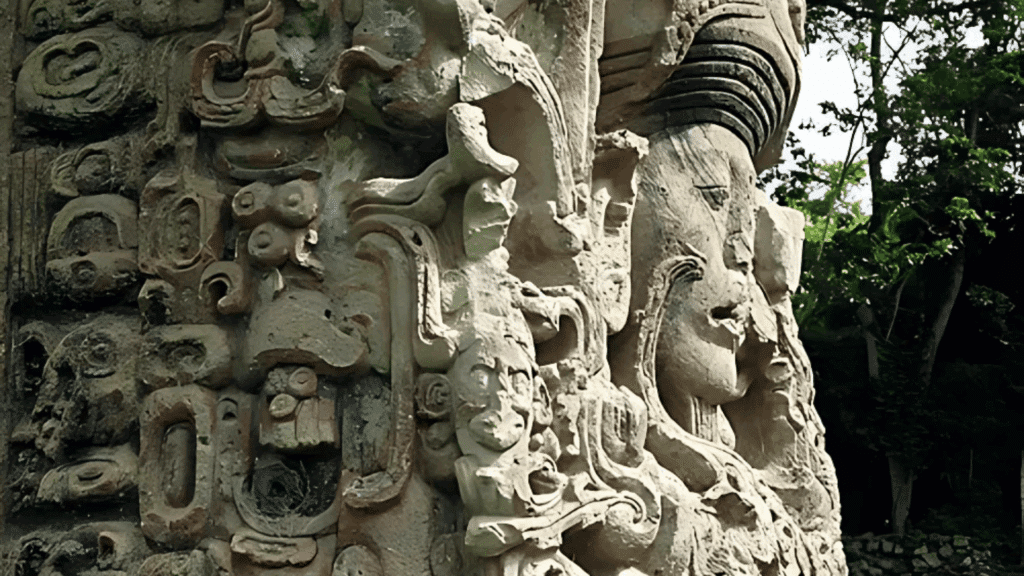
Source: wikipedia.org
The Maya turned massive stone blocks into powerful storytelling devices. Their stelae, tall, carved pillars, recorded royal achievements and major events.
These monuments showcased detailed scenes of ceremonies, battles, and rituals through intricate hieroglyphs and images.
Each carving required months of precise handwork, serving as historical records that displayed royal power and preserved important dates for future generations.
Stucco Reliefs and Portable Art Treasures
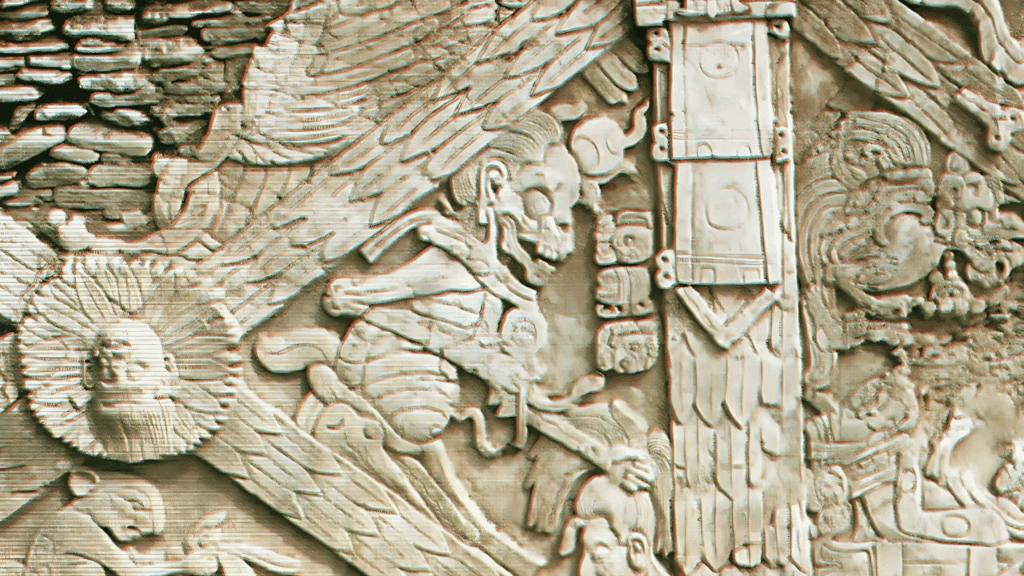
Source: mayaarchaeologist.co
Mayan artists crafted elaborate stucco masks that changed rulers into gods during ceremonies. They created portable jade pendants and stone figurines, considering jade more valuable than gold.
These smaller artworks required incredible skill with limited tools, often becoming family treasures passed down through generations, connecting people to their ancestors and spiritual beliefs.
Architecture That Speaks: Temples and Sacred Spaces
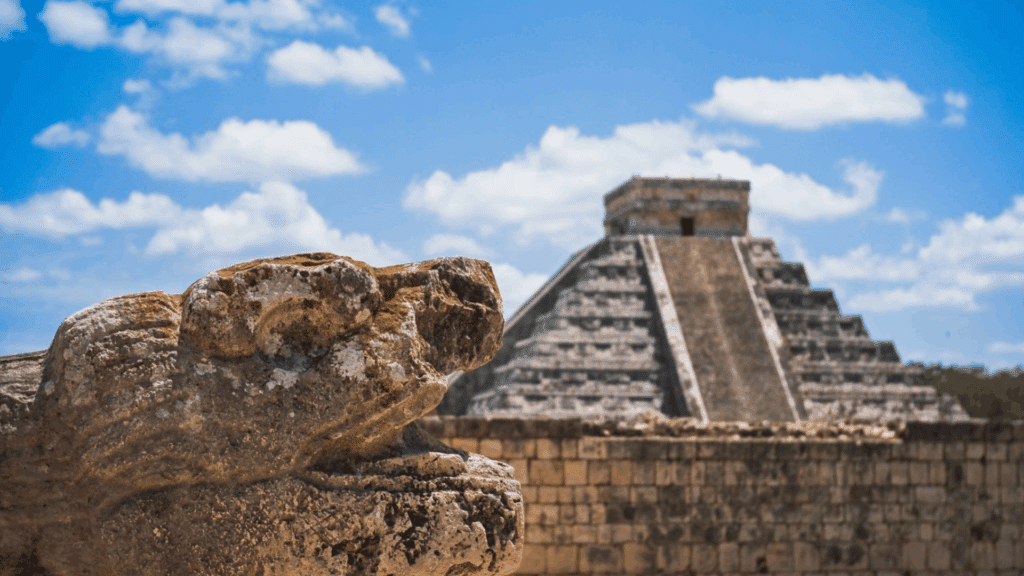
Source: sacredearthjourneys
Mayan temples rose like artificial mountains, covered in symbolic carvings telling religious stories. Ball courts served as cosmic battlegrounds between good and evil, with sloped walls displaying mythological scenes.
Palace complexes featured corbel arches, decorative friezes, and painted murals, modifying functional buildings into artistic masterpieces that reflected beauty and spiritual significance.
Cosmic Design: Cities Aligned with the Stars
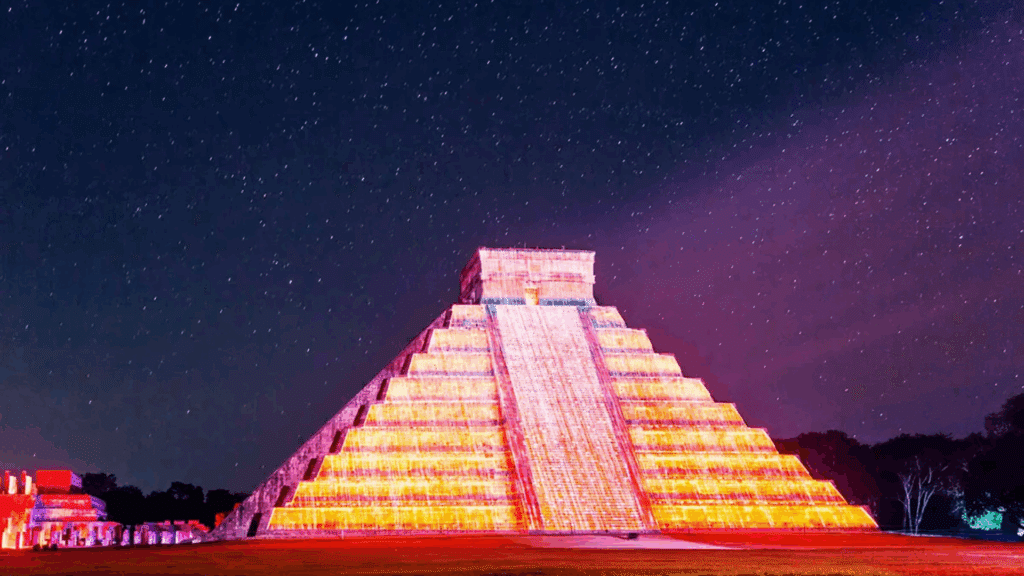
Source: mississippifreepress.org
The Maya planned cities like giant astronomical instruments, positioning buildings to align with celestial movements.
Temple doorways were framed to mark specific events, such as solstices, creating powerful spiritual experiences.
Urban planning reflected their belief in connected earthly and heavenly realms, with streets and plazas following cosmic patterns that made everyday life feel connected to the universe.
Walls That Speak: Murals, Paintings, and Ceramics of the Mayans
| Art Form | Key Features | Famous Examples | Purpose and Meaning |
|---|---|---|---|
| Murals | Created with natural pigments on plastered walls, often lively and detailed | Bonampak Murals depicting warfare, rituals, and music | Documented historical events, rituals, and cosmology; conveyed elite power |
| Paintings | Frescoes and smaller painted works; rich symbolism and stylized figures | Temple murals at San Bartolo showing mythological scenes | Tied to mythology, religion, and astronomy, visual storytelling |
| Ceramics | Polychrome vessels with hieroglyphs, narrative art, and decorative motifs | Drinking cups for cacao, burial jars, and ceremonial plates | Used in daily life, rituals, and as offerings in tombs; blended utility with sacred symbolism |
Writing and Symbolism in Mayans Art
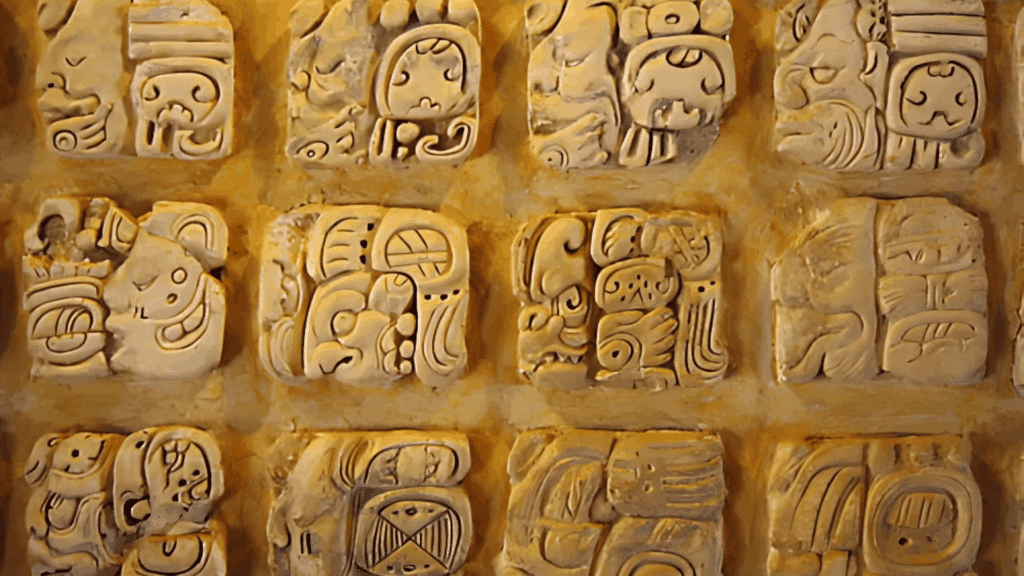
Source: worldhistory.org
The Maya created a unique fusion where writing became art and art told stories with Mayans art.
Their calm system of hieroglyphs modified simple communication into beautiful visual experiences that decorated everything from temple walls to everyday objects.
Hieroglyphics as Visual Art
Mayan hieroglyphs weren’t just letters – they were miniature artworks. Each glyph combined pictures and sounds, creating text that was as visually appealing as it was meaningful to read.
Scribes spent years learning to carve and paint these symbols with artistic precision.
Key features of hieroglyphic art:
- Decorative borders – intricate frames surrounding text blocks
- Integrated imagery – symbols flowing seamlessly with carved scenes
- Color coding – different pigments highlighting important information
- Size variation – larger glyphs emphasizing crucial words or names
Codices: Ancient Books as Masterpieces
Mayan codices were handmade books created on bark paper, featuring painted scenes that mixed text with detailed illustrations.
These manuscripts preserved crucial knowledge about astronomy, religion, and daily life through lively artwork that made complex information accessible.
What made codices special:
- Folding format – accordion-style pages that unfolded like murals
- Multiple colors – red, blue, black, and yellow pigments from natural sources
- Detailed figures – gods, humans, and animals drawn with careful attention
- Calendar systems – mathematical calculations presented through visual symbols
Religious Influence in Artistic Expression
Religious beliefs shaped every aspect of Mayan visual culture. Their art served as a bridge between the human world and the realm of gods, using powerful symbols that everyone in Mayan society could understand and respect.
Major religious themes in art:
- Deity portraits – gods shown with distinctive features and symbols
- Astronomical events – eclipses, planet movements recorded in stone and paint
- Ritual bloodletting – ceremonial practices depicted in temple carvings
- Sacrifice scenes – spiritual offerings shown as necessary cosmic events
- Underworld imagery – death and rebirth cycles represented through art
Legacy and Influence of Mayans Art
Archaeological efforts have modified our understanding of Mayan art, with major sites like Chichen Itza and Tikal now protected as UNESCO World Heritage sites.
Museums worldwide house thousands of artifacts while digital technology preserves fragile codices and murals.
Contemporary artists and fashion designers draw on geometric patterns, architects study building techniques for sustainability, and graphic designers adapt hieroglyphic symbols for modern use from these visual traditions of branding.
Living Maya communities in Guatemala, Mexico, Belize, and other countries continue their ancestral traditions, weaving patterns passed down and performing ceremonies with symbols from classical art.
Modern Maya artists blend contemporary techniques with traditional themes to keep cultural heritage alive while adapting to today, demonstrating that Mayan influence extends beyond museums into everyday creativity.
Wrapping It Up
Mayans art and culture prove that true creativity transcends time boundaries. From intricate stone carvings to cosmic city planning, the Maya created a visual language that still speaks to us centuries later.
So what makes Mayan influence so enduring? It’s their holistic approach, treating art, architecture, writing, and daily life as interconnected elements of the human experience.
Modern artists, architects, and designers continue to draw inspiration from Mayan aesthetics because they offer a profound connection between form and meaning.
The next time you see Mayan-inspired patterns in fashion or architecture, remember you’re witnessing an unbroken creative chain that stretches back over a thousand years.

